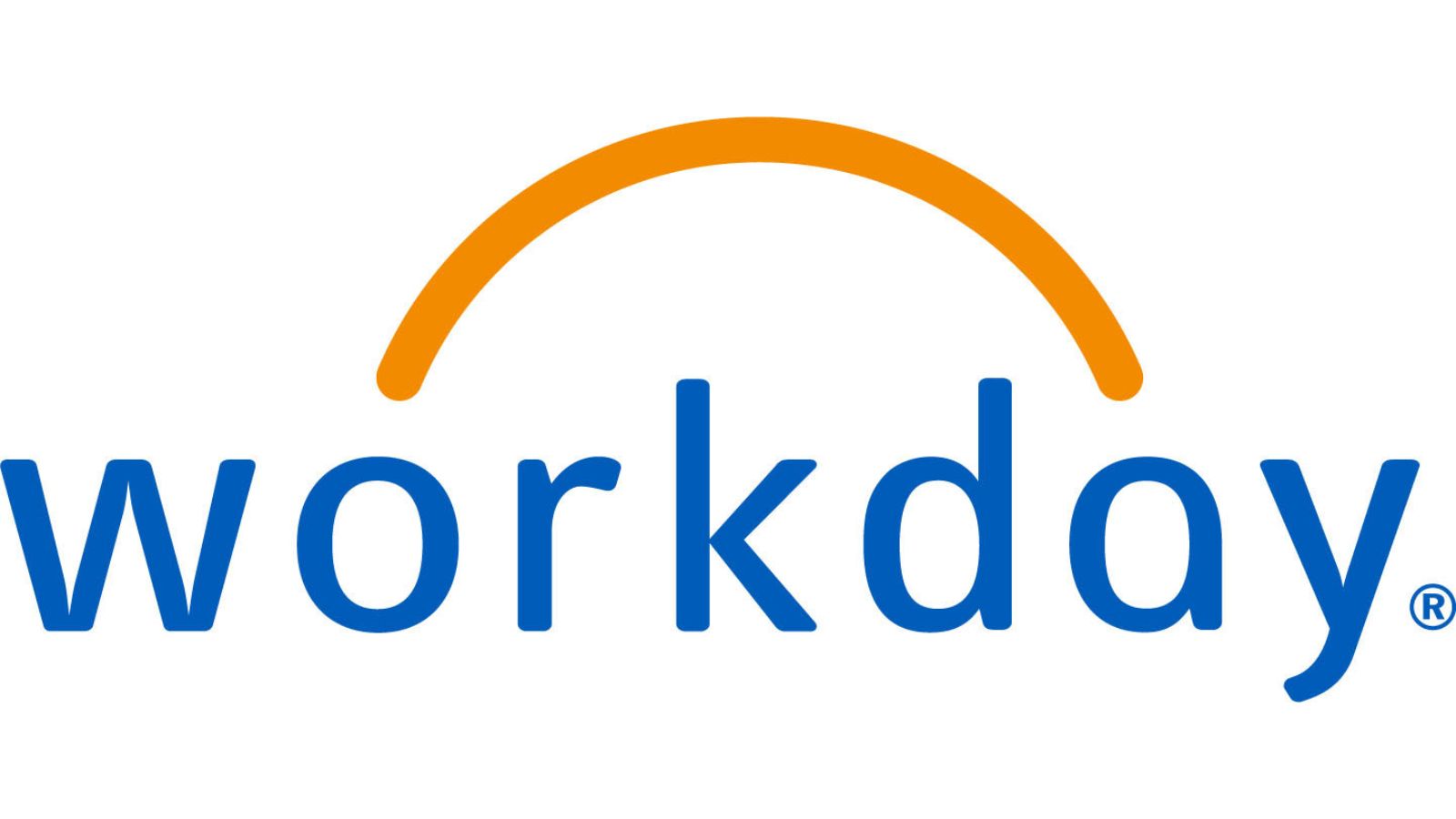Is your company battling with a high attrition rate? Are you losing valuable employees and struggling to maintain a stable workforce? Fear not, for we have the ultimate guide to help you understand and tackle the attrition rate in the workplace. In this article, we’ll dive deep into the reasons behind attrition, its impact on your business, and effective strategies to reduce it. Let’s get started!
Why Attrition Matters – The Impact on Your Business
Attrition, simply put, is the rate at which employees leave a company over a given period. It may seem like just a number, but it holds significant implications for your business. High attrition can disrupt workflow, decrease productivity, and increase costs associated with recruitment and onboarding.
Furthermore, a high rate of employee turnover can tarnish your company’s reputation, making it difficult to attract top talent. On the other hand, a low attrition rate reflects a satisfied and loyal workforce, fostering a positive work environment and enhancing overall business performance.
Understanding the Reasons Behind Attrition
1. Lack of Growth Opportunities: Many employees yearn for opportunities to develop their skills, advance in their careers, and take on new challenges. When these growth prospects are absent, employees may opt to seek greener pastures elsewhere.
2. Poor Work-Life Balance: An unbalanced work-life ratio can lead to burnout and dissatisfaction. If employees feel overwhelmed, without time for themselves or their families, they may choose to leave for a workplace that prioritizes their well-being.
3. Inadequate Compensation and Benefits: Money matters! Competitive salary packages and comprehensive benefits play a crucial role in retaining employees. When compensation doesn’t align with market standards or fails to meet employees’ expectations, they are more likely to explore other opportunities.
4. Toxic Work Culture: A toxic work environment characterized by negativity, lack of respect, or bullying can be a major reason for attrition. Employees thrive in a supportive and collaborative atmosphere, so it’s essential to foster a healthy work culture.
5. Limited Recognition and Appreciation: Feeling valued and appreciated is essential for employee engagement. When employees’ hard work goes unnoticed or unrewarded, they may start feeling unappreciated, leading to disengagement and eventual departure.
Strategies to Reduce Attrition
Now that we’ve explored the underlying causes of attrition, let’s discuss effective strategies to reduce it:
1. Focus on Employee Engagement: Engaged employees are more likely to stay committed to their work and the organization. Foster engagement by providing opportunities for growth, recognizing achievements, and involving employees in decision-making processes.
2. Offer Competitive Compensation and Benefits: Stay updated with industry standards and offer attractive compensation packages to attract and retain top talent. Provide benefits such as health insurance, retirement plans, and flexible work arrangements.
3. Promote Work-Life Balance: Encourage a healthy work-life balance by implementing policies that prioritize employee well-being. Offer flexible working hours, remote work options, and promote time off as a necessity, not a luxury.
4. Invest in Training and Development: Provide regular training and development opportunities to help employees acquire new skills and advance in their careers. This not only enhances their skill set but also signals your commitment to their growth.
5. Improve Communication and Feedback: Establish transparent and open channels of communication. Encourage feedback from employees and actively address their concerns. Regular communication fosters trust and strengthens the employer-employee relationship.
6. Build a Positive Work Culture: Create a positive and inclusive work culture that emphasizes respect, collaboration, and diversity. Encourage teamwork, celebrate achievements, and discourage any form of toxicity in the workplace.
7. Conduct Exit Interviews: Gain insights into why employees choose to leave by conducting exit interviews. This feedback will help identify areas of improvement and enable you to proactively address any issues.
In conclusion, a high attrition rate can hamper your business growth and reputation. By understanding the underlying causes and implementing effective strategies, you can reduce attrition and build a loyal and motivated workforce. Remember, investing in your employees is investing in the success of your organization.








Leave a Reply